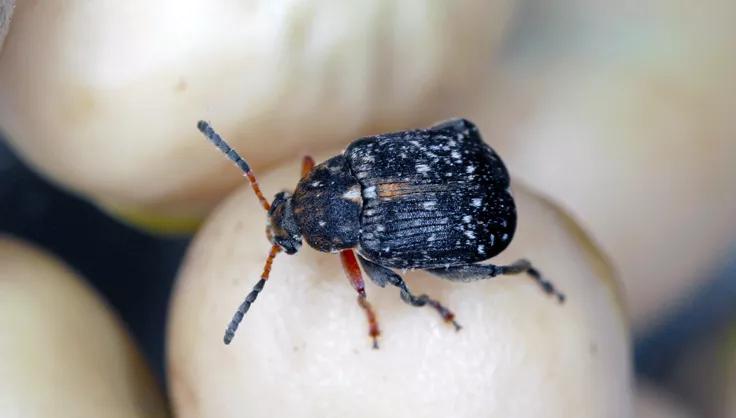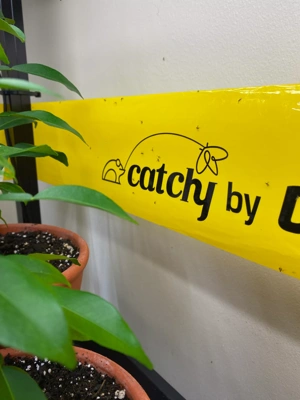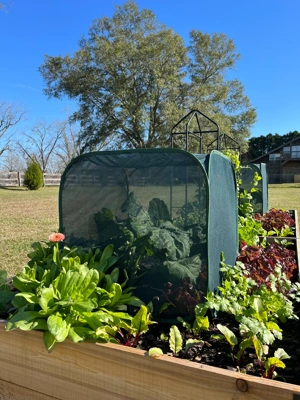Pea Weevil

Pea leaf weevils resemble pea weevils, but they feed on developing pea leaves; damaged leaves show characteristic scalloped leaf edges. These weevils overwinter in alfalfa or clover fields or in weed patches. As pea seedlings emerge in spring, the weevils migrate to gardens to feed on pea leaves. The adult also lays eggs on the soil. The larvae feed on pea roots; this damage is usually not significant. Pea leaf weevils are most attracted to gardens with heavy clay soil or in low-lying areas, and they are problematic in the Pacific Northwest.
Prevention and Control
- Plant early-maturing varieties, such as Sugar Ann, that can mature their crop before the pea weevil attacks.
- Protect seedlings from the pea leaf weevil by covering them with garden fabric. Once plants have grown past the six-leaf stage, you can safely remove the row cover.
- Remove and destroy pea plant debris in fall to control pea weevils.
Last updated: 03/15/2024
Print this Article:
Related items
Get the Dirt
Stay up to date on new articles and advice. Please fill out the information below.











